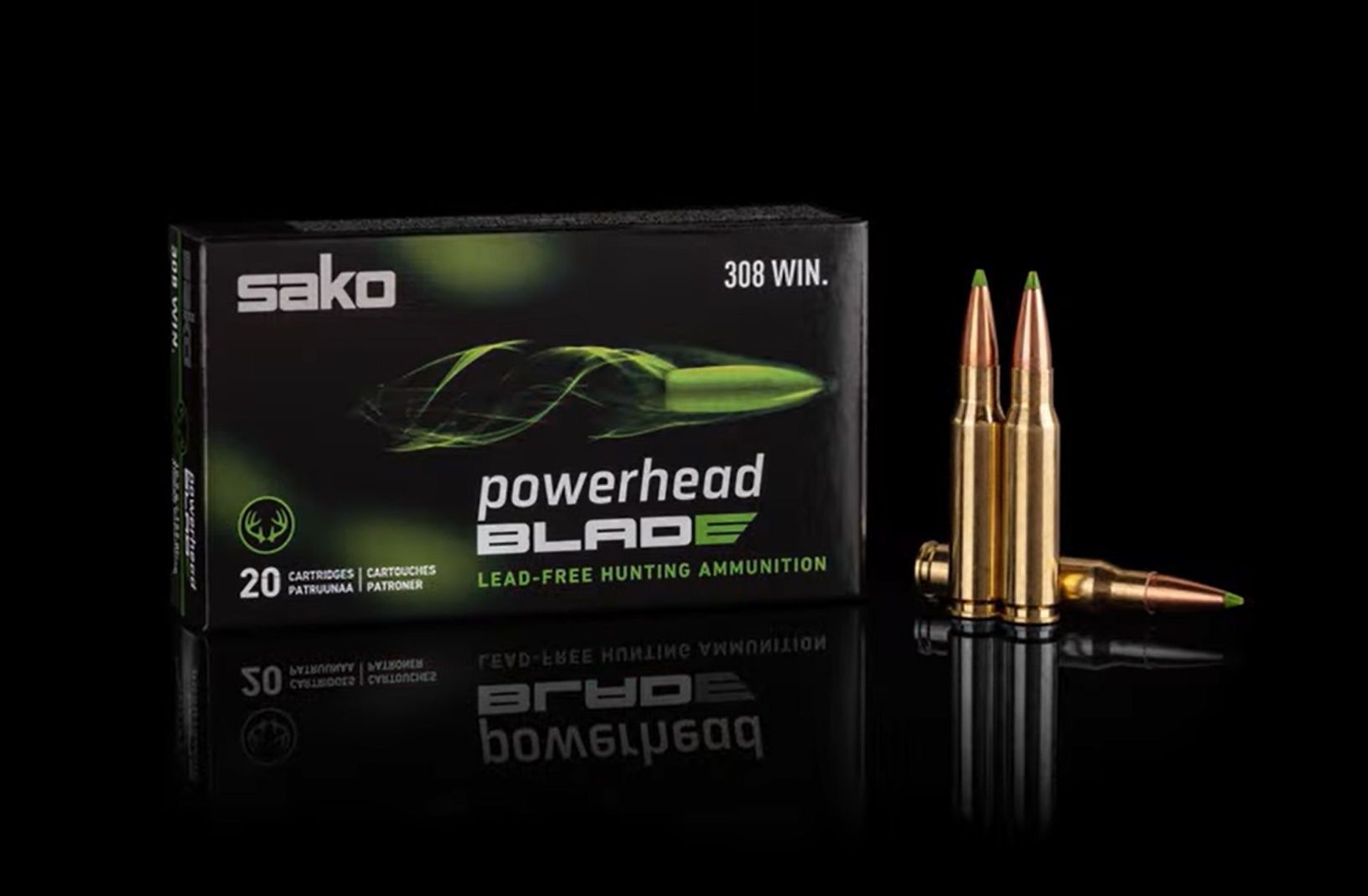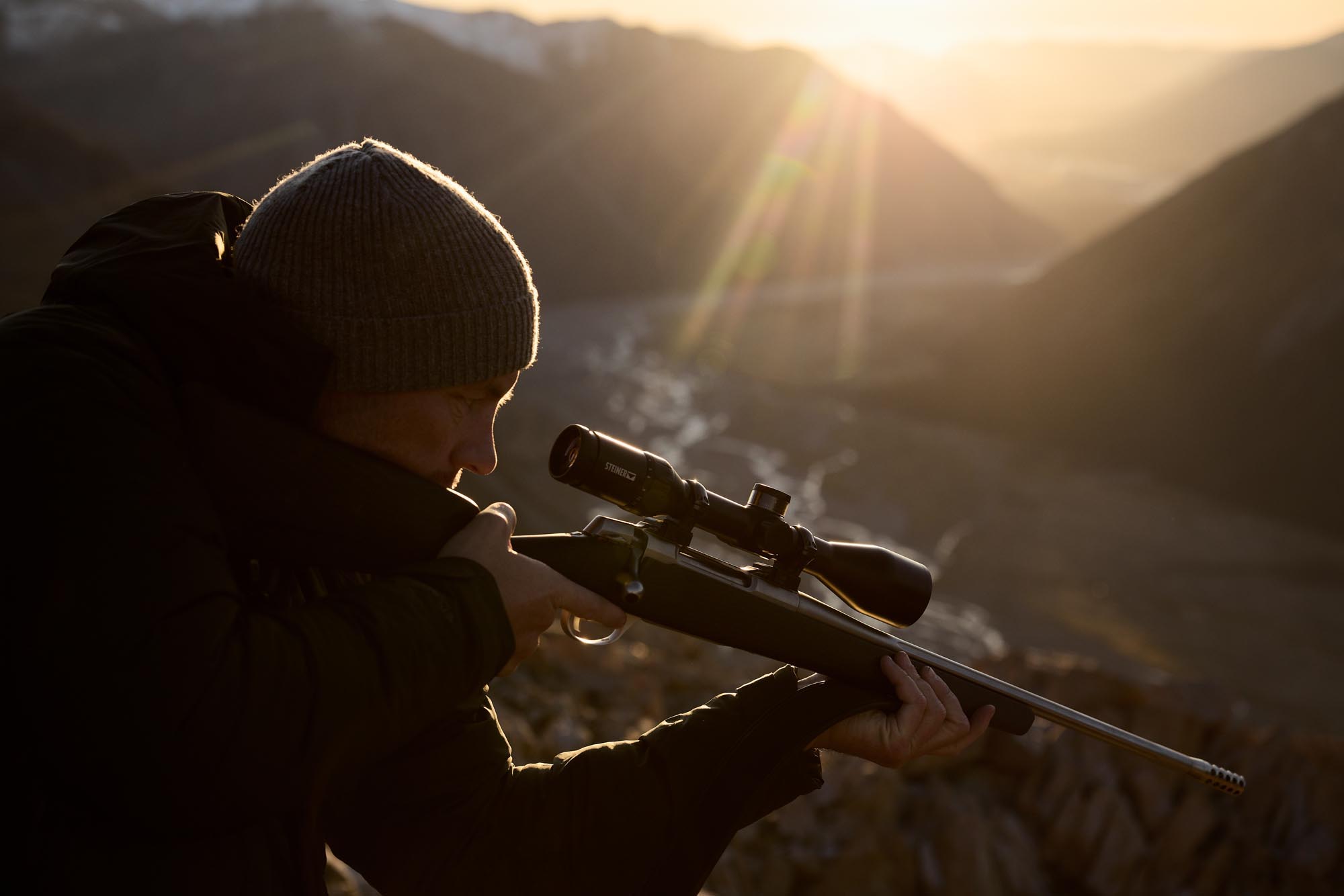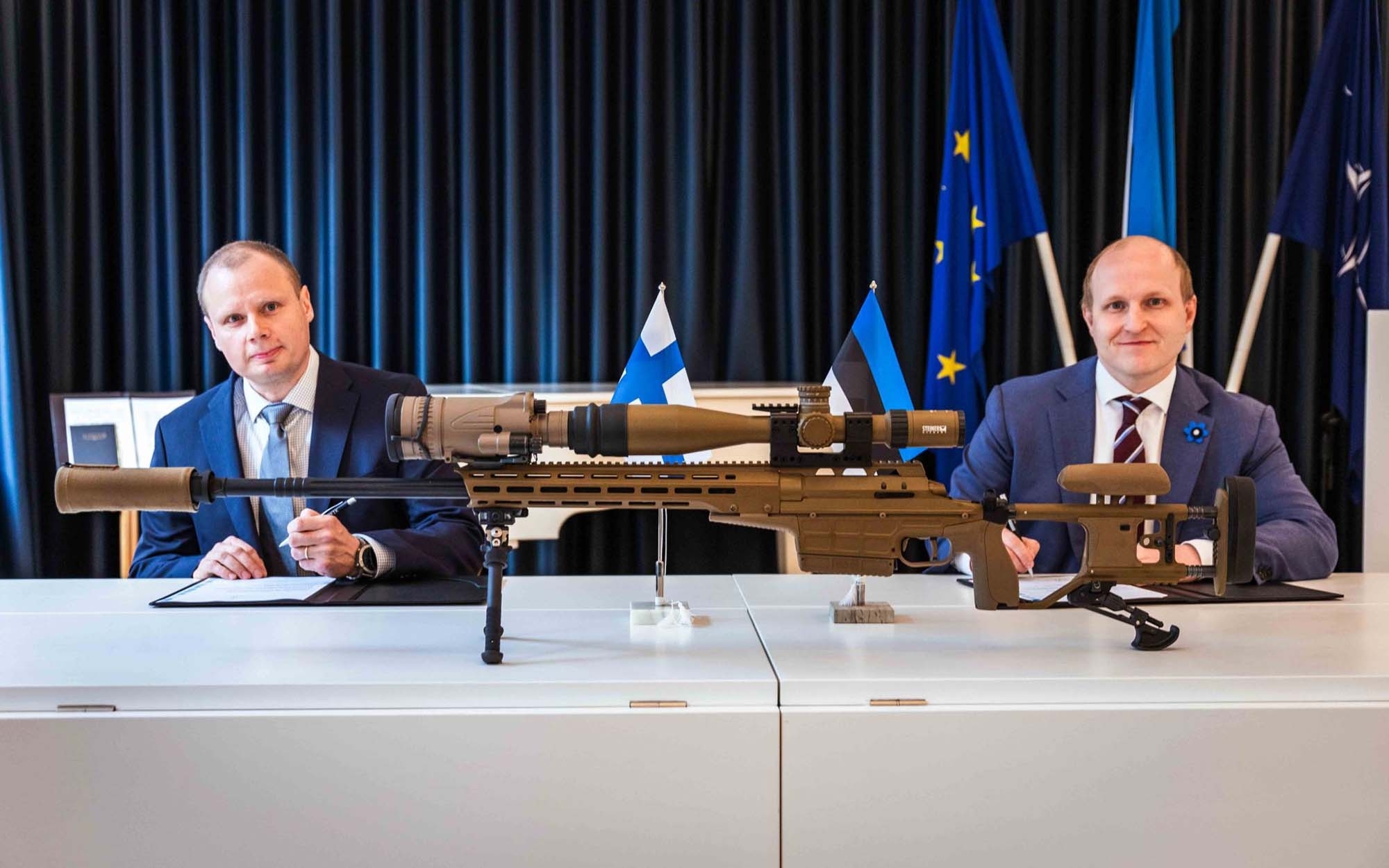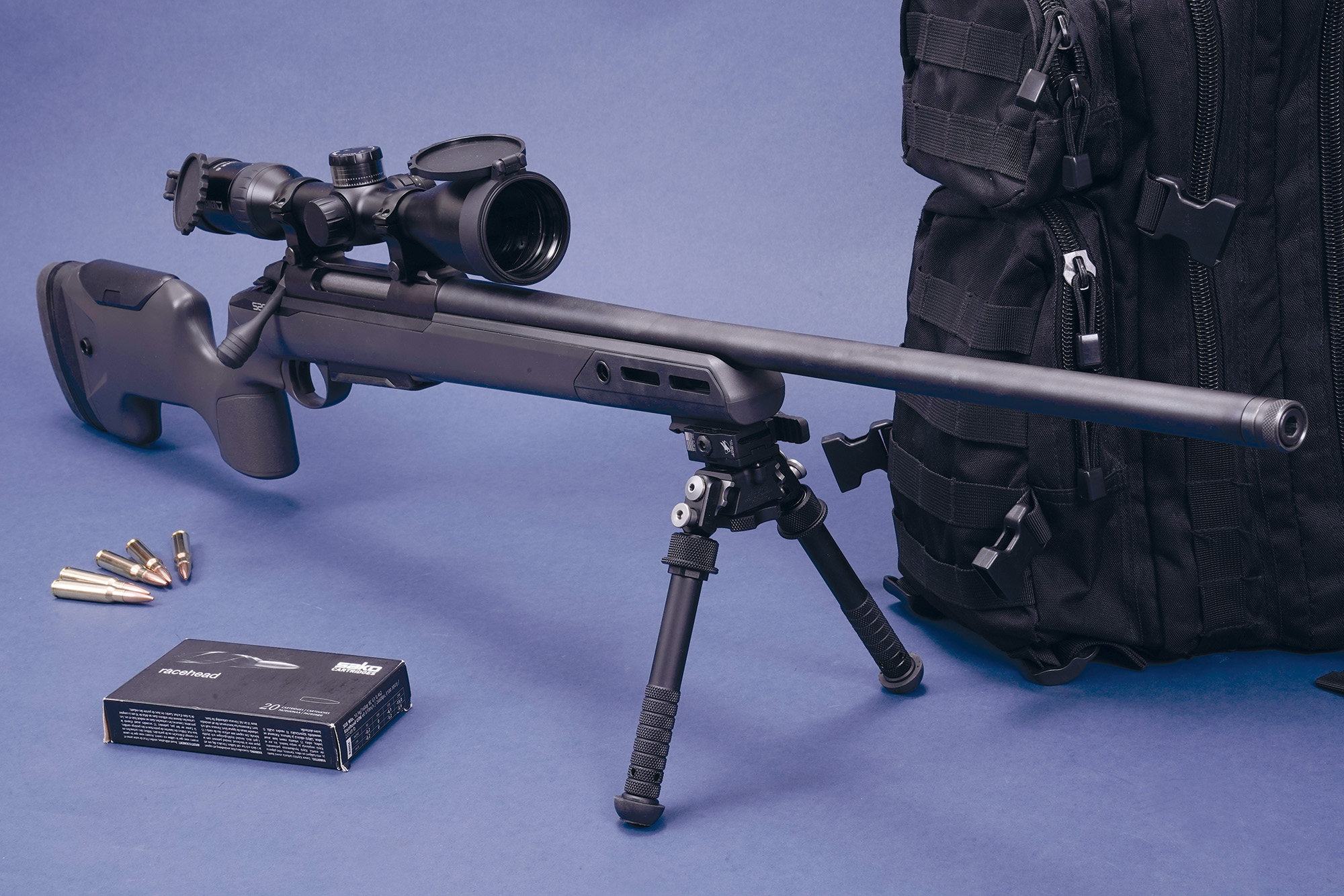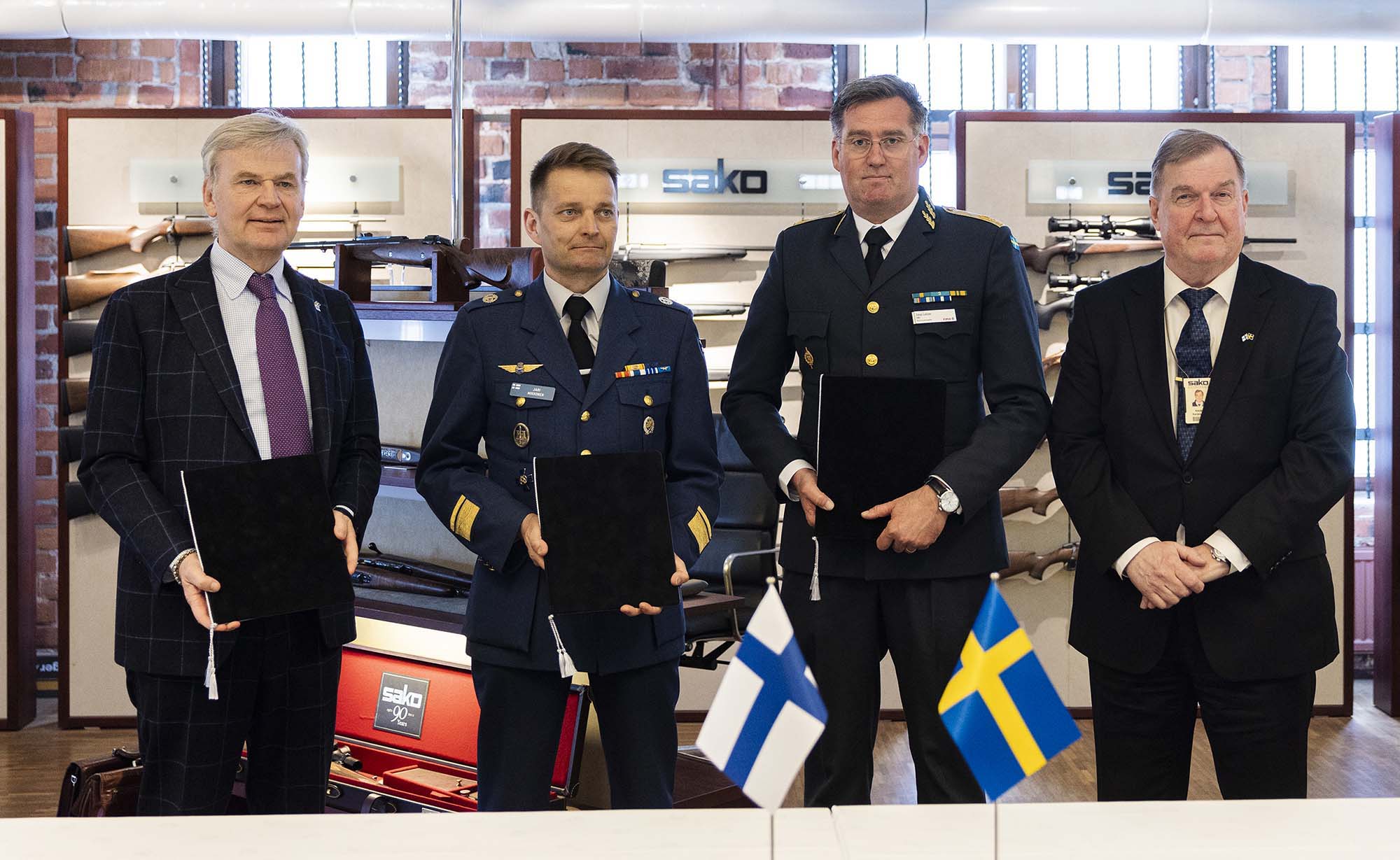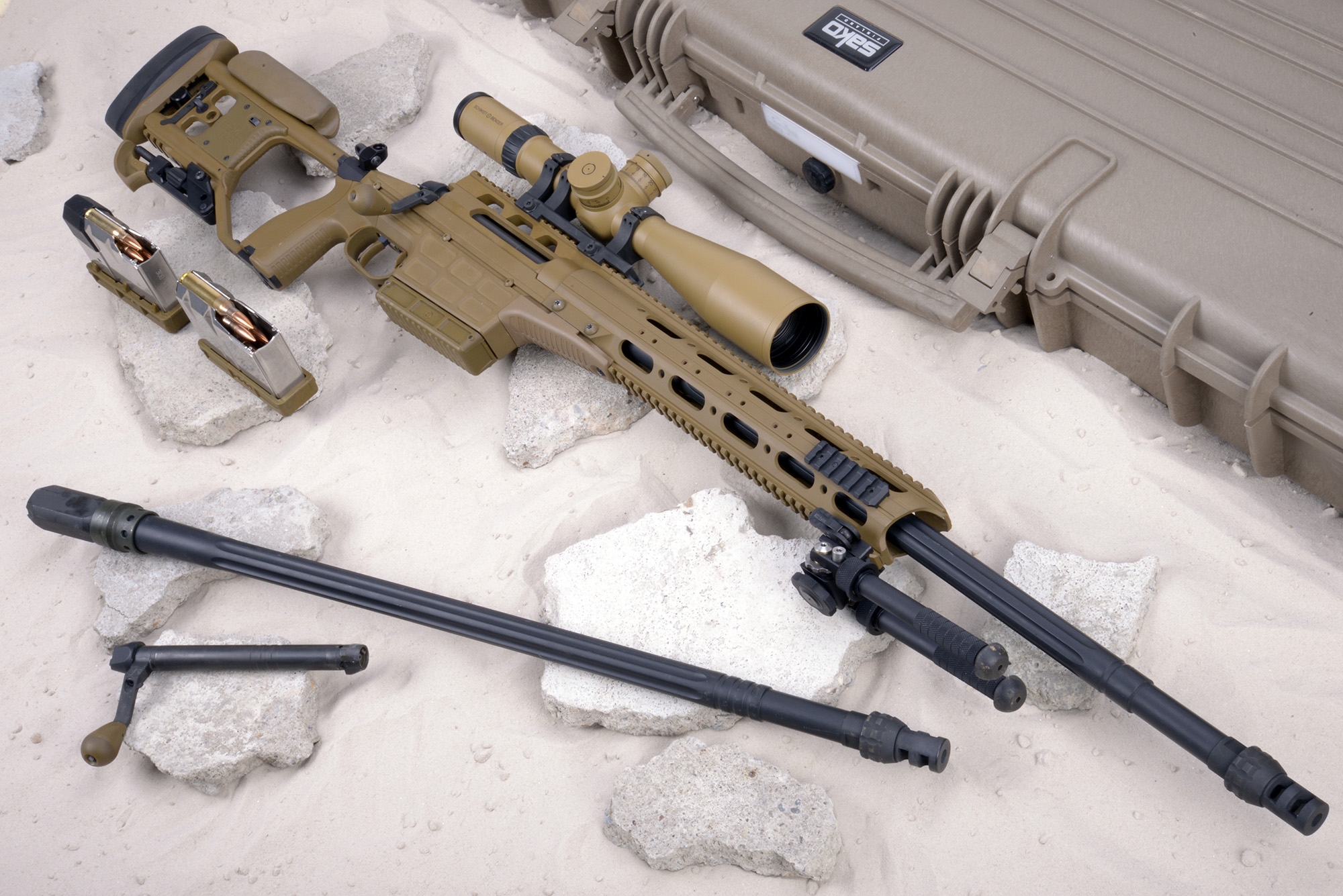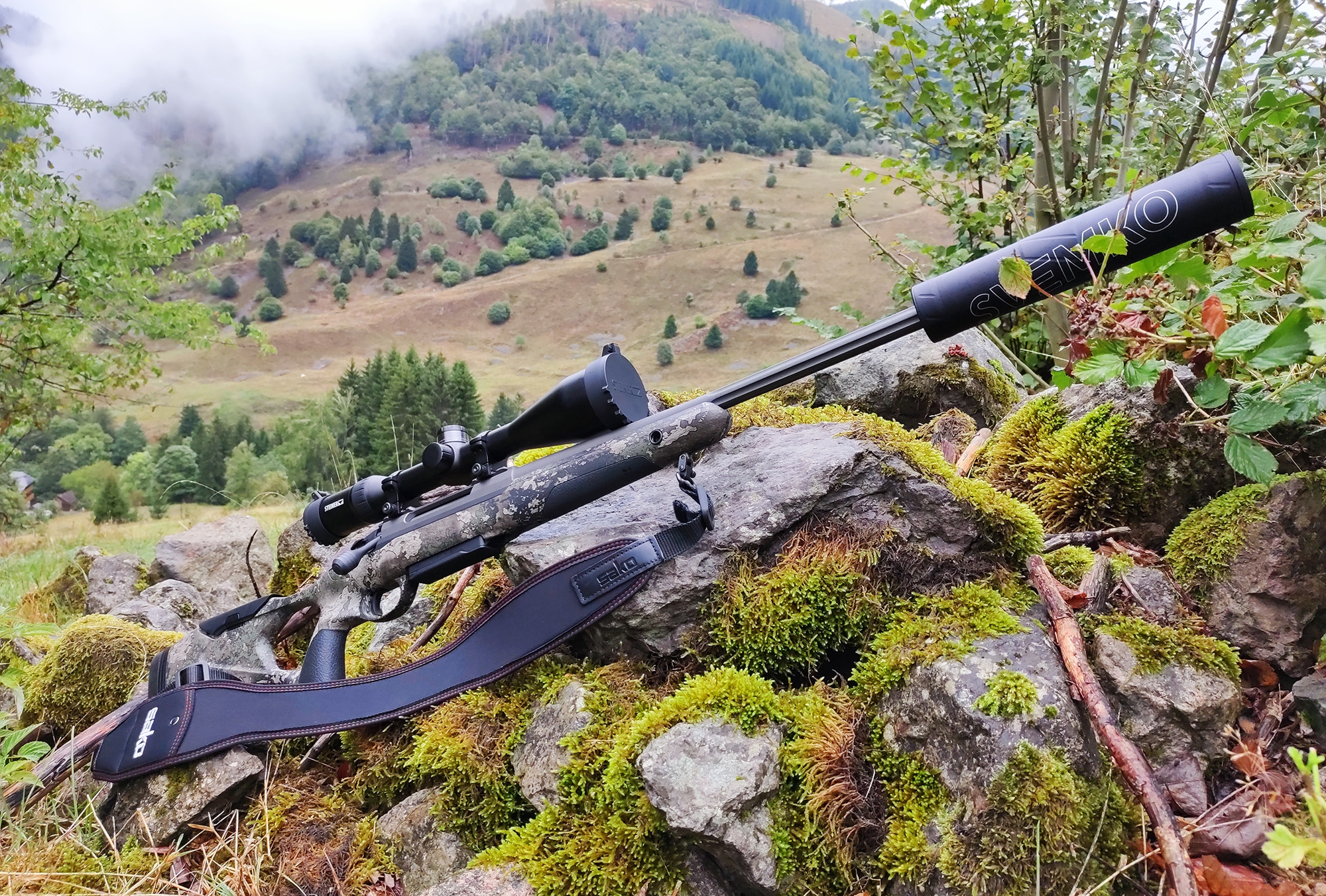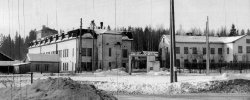
Arms manufacturer Sako, which turned 100 years old on April 1, 2021, is a unique case in Finnish industrial history. The factory was founded as part of the Finnish Civil Guard, then after Wolrd War 2 it was owned by the Finnish Red Cross, later by Nokia, and for the last twenty years its owner is the oldest family-owned industry in the world – Beretta. What makes Sako a rare case is that its rifles managed to establish themselves in the US market as early as the 1950s. Sako is still the largest European seller of rifles in North America.
Sako has a colorful and eventful past: it was first founded in 1919, when the Finnish Civil Guard needed a workshop to repair Russian-made rifles obtained from the White Army as spoils of war during the civil war. The repair shop was made economically independent on April 1, 1921, and this is the day Sako dates its official birth. Instead of just repairing, Sako also began to build rifles for the civil guards, assembling barrels from Switzerland and Germany and old Russian rifles.
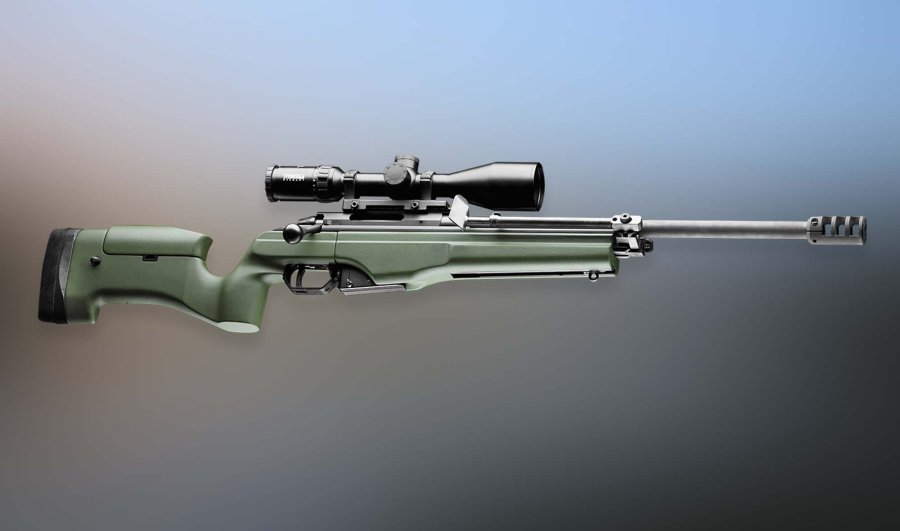
In 1927 the factory was transformed into a limited liability company called Suojeluskuntain Ase- ja Konepaja Osakeyhtiö, abbreviated to Sako – or Civil Guard Gun and Machining Works. The entire ownership of the company remained with the Civil Guard, and the first chairman of the board was P. E. Svinhufvud, an active member of the Guard and an avid marksman. At the same time, the company moved from Helsinki to Riihimäki, in the same industrial area where Sako still operates. In Riihimäki, assembly of the new rifle model – the m/28 – began. This model, nicknamed the Pystykorva (the Spitz Dog) proved to be of even higher quality than the equivalent weapons used by the local defence forces. Around that time, the company also began producing cartridges.
Sako's development remained poor despite the high quality of its products. However, the situation changed when the politically tense situation in Europe in the late 1930s caused the Finnish government to initiate an extensive military build-up program. Thanks to large government orders for pistol cartridges, Sako's economic situation stabilized and the factory could be expanded.
The Finnish Winter War, the Provisional Peace and the Continuation War were very intense periods. Sako became the largest producer of pistol cartridges in the country, because practically all cartridges fired from machine guns were manufactured by Sako. In addition, the volume of orders for the latest rifle model, the m/39, grew to unprecedented levels. The number of employees rose to 800, including a significant number of women during the war. Riihimäki was bombed, but the Sako factory site was spared from major damage.
After the war, Sako had to find new items to sell. The cartridge department made tools and small metal products such as lipstick cases, and the machine shop repaired weapons. The production of textile machines, begun in 1947, proved to be more economically significant. These machines were sold primarily to Finnish textile factories.
According to Elias Hydén, the colonel who became Sako's executive director in 1946, the company needed to return to firearms production. In 1946, the company began production of the L46 model carbine that had been designed during the war. The model sold well in Finland, the Nordic countries, and Western Europe.

The most important turning point of the Hydéns management was Sako's landing on the US market. The US company Firearms International agent, Jan Winter, had obtained an example of L46 and was ready to sell it in the United States. The possibilities in this affluent country with a strong gun culture were enormous, but so was the competition. The success of the L46 rifle, supported by its high quality, surprised everyone, and in the 1950s Sako's exports to the United States grew year by year.
By 1952, the United States was Sako's largest market, and by 1953, sales there exceeded those in Finland. The success of a Finnish consumer product in the American market was, at that time as well as today, an outstanding achievement and was the decisive step for Sako's further development.
In 1962, Suomen Kaapelitehdas (Finnish Cable Works) purchased Sako from the Finnish Red Cross. Towards the end of the decade, Cable Works and Sako were transferred to the ownership of a multi-industry company, Nokia. For Sako, the 1960s was a decade of growth and development. In addition to hunting guns and cartridges, the company restarted production of military weapons, having won a tender to supply the Finnish Defense Forces with new assault rifles: the RK62 was born.
This recovery turned into a worrying downward spiral in the 1970s as the assault rifle contract proved less profitable than expected and dragged Sako into a series of loss-making years. The company's profitability weakened and more staff had to be laid off year after year.
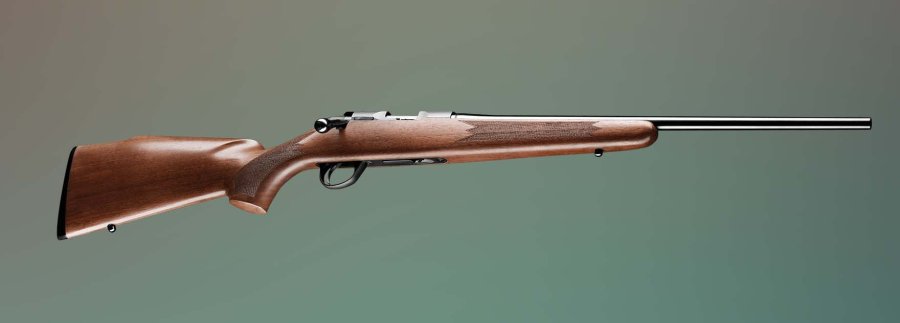
In 1985 Nokia agreed with the state-owned arms manufacturer Valmet to merge the two companies' manufacturing operations. The new company, Sako-Valmet, consisted of three arms factories, namely those in Riihimäki, Tourula in Jyväskylä and Tikkakoski, and began operations in early 1986. The new company's path was a difficult one because in order to achieve profitability, it was necessary to thin out activities and personnel for years. In the mid-1990s, the company, now under the name Sako, continued only the manufacturing of hunting rifles and cartridges at the Riihimäki facility.
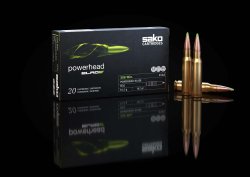
The crucial factor in consolidating the company's success turned out to be the Sako 75 product range, introduced in 1996. The success of this rifle, the first one Sako had ever fully designed, changed the course of the company. This success also helped Sako take the next step. It had been obvious for some time that the resources of a company of Sako's size and the interests of its then owners, Nokia and Valmet, would not be sufficient in international competition. It was mandatory for the company to become part of a larger entity in the arms industry. This was realized at the beginning of the millennium, when the large Italian company Beretta became interested in Sako and got its shares.
Under Beretta management, Sako has seen 21 years of steady growth: one of the biggest successes was the Tikka T3 hunting rifle, the millionth piece of which was sold in 2020. Not many hunting rifles can boast similar sales volumes. The same year, the company introduced the new Sako S20 Hunter carbine, and the launch of this technically highly refined firearm coincided perfectly with Sako's long-term production record. The Finnish company is heading into its second century as a highly competent gun manufacturer with a long-term orientation and a firm grip on the times.
Intervention of Franco Gussalli Beretta
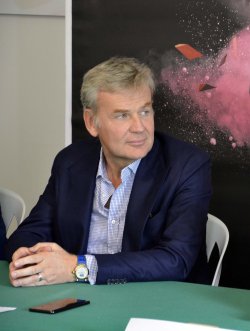
Sako's centenary was celebrated with an online event broadcast on April 1, 2021 that involved the entire world of the Beretta holding company in every corner of the planet. In particular, in his speech Franco Gussalli Beretta, Executive Vice-President of the Holding, retraced the twenty years of Italian management of the Finnish brand. He recalled how the culture linked to outdoor lifestyle has been fundamental in Sako's history, given that many of its employees are themselves hunters.
Another determining factor is the involvement of the end customer in the design process of the guns, as in the case of those intended for law enforcement and the military. He also recalled how the strategy of merging three small companies such as Sako, Valmet and Tikka proved to be a winning choice, together with the decision to manufacture ammunition as well. Franco Gussalli Beretta continued his speech stating: "Since the beginning Sako understood the importance of offering the market both firearms and ammunition as an integrated system, and now this experience can be expanded thanks to the use of digital technology before and after the hunt. Configurators and ballistic apps are just some of the things we are developing." In closing, Gussalli Beretta said upcoming projects include a return to military full-auto weapon production, strengthening worldwide ammo distribution, implementing the use of technologies and materials such as carbon fiber for components and creating a line of key accessories, including suppressors. The goal is to achieve a 2021 Holding turnover of 100 million euros to which 25 million will be added from Stoeger. In the second part of the program, Raimo Karjalainen, General Manager of Sako Ltd, also intervened, tracing the history of the company with anecdotes and curiosities. The event ended with the full preview screening of a 55-minute documentary dedicated to Sako's first 100 years, which can be watched on the Finnish company's website.



